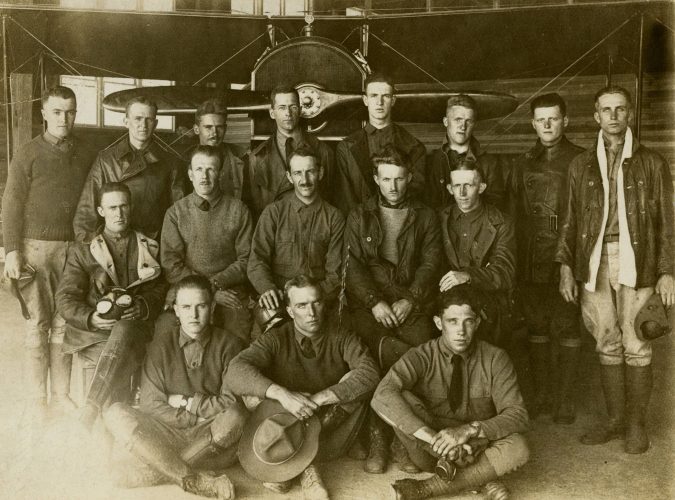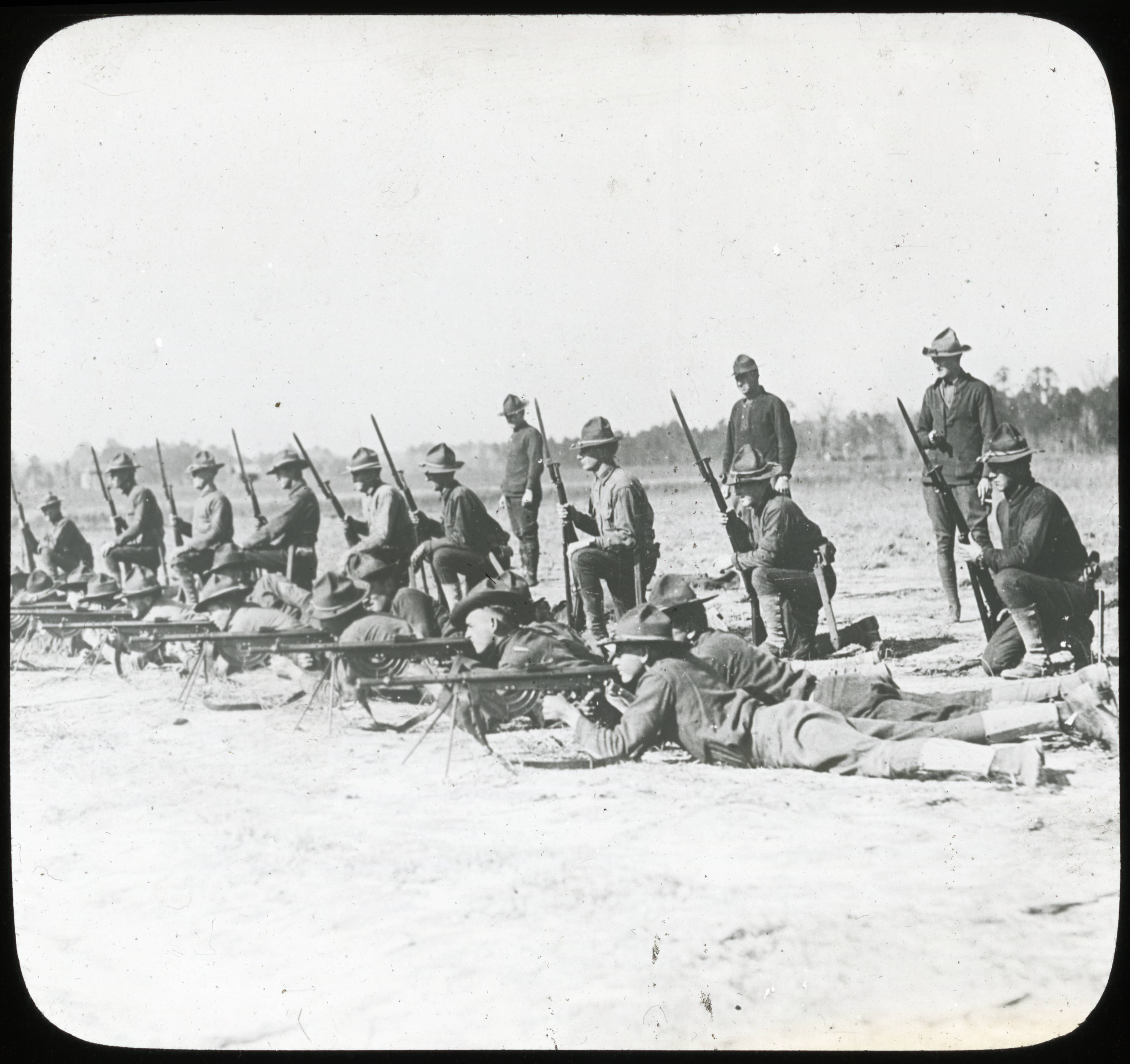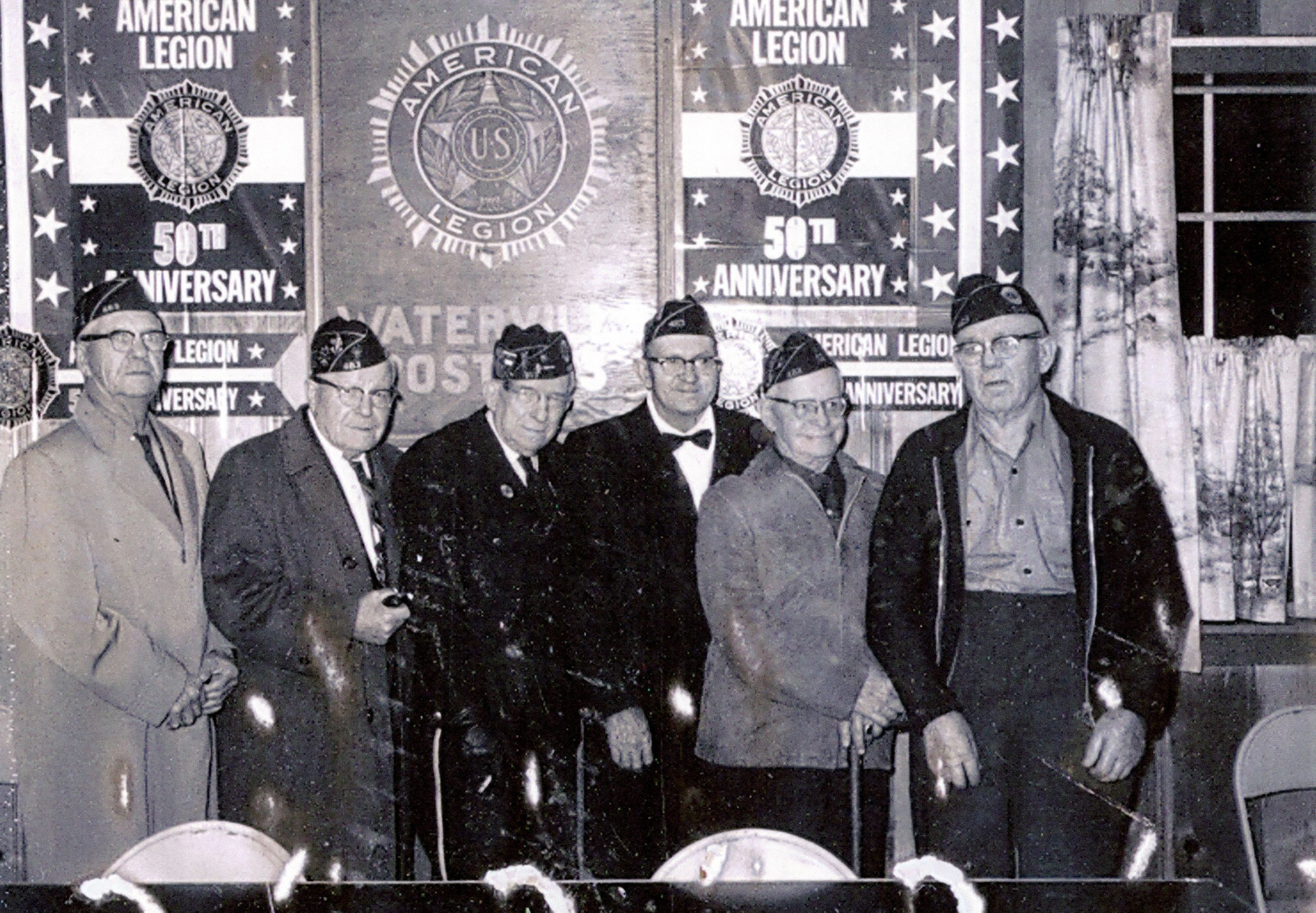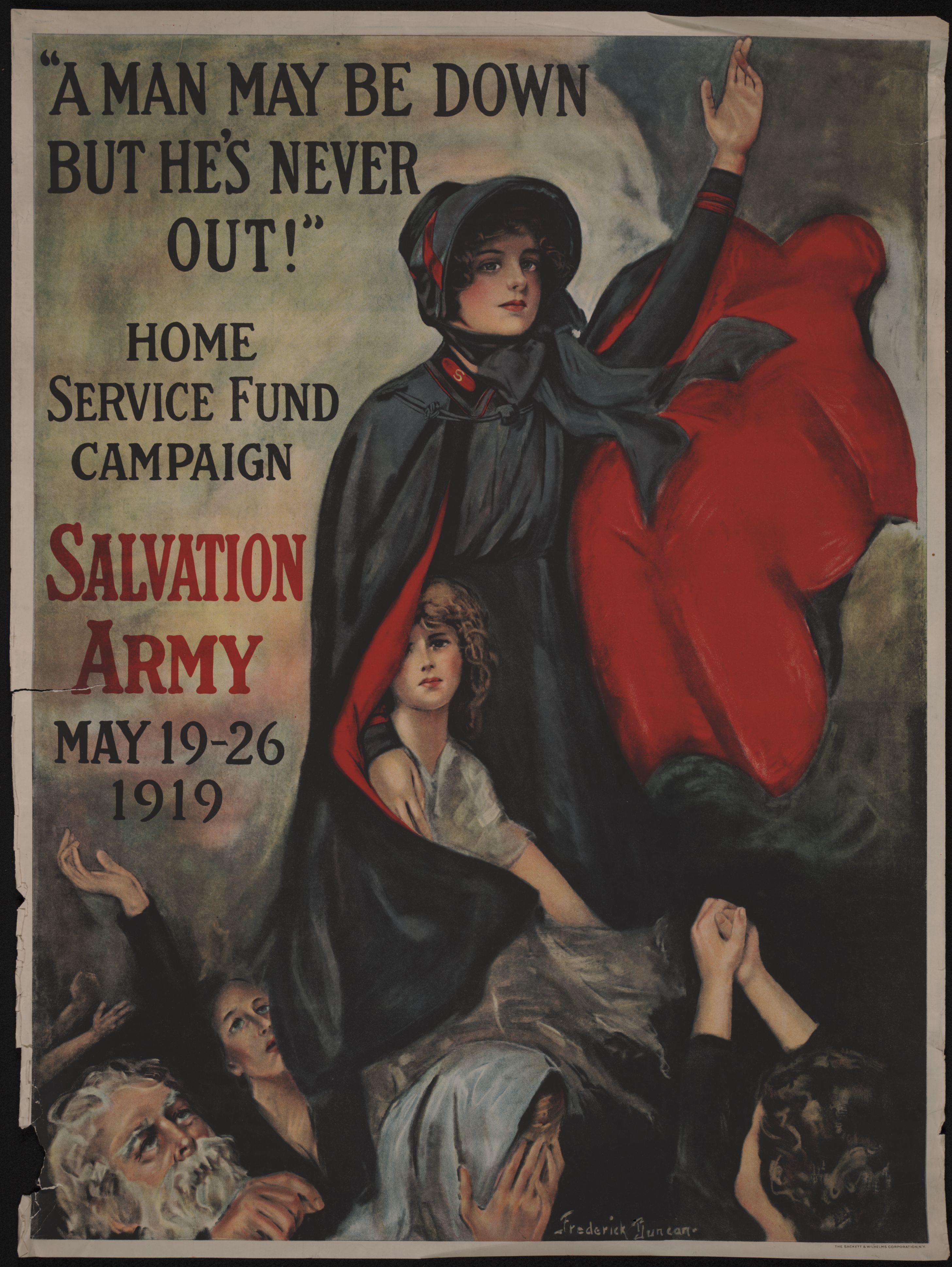100 Years Later: Remembering Ohio’s World War I Contributions

In 2017, the Ohio History Connection embarked on a two-year digitization project titled Little Stories of the Great War: Ohioans in World War I, generously funded by the National Endowment for the Humanities, to commemorate the World War I centennial by bringing Ohioans’ stories to life and sharing their experiences of the war. During an earlier planning phase of the grant, project staff identified World War I collections held by Ohio cultural heritage institutions (which you can search in our WWI Union Bibliography)–14 of these were selected as partners on this project, including local history organizations, university archives, public libraries, and art museums. When the project concludes in April, over 3,000 items from 61 collections representing 16 institutions will be freely available in the World War I in Ohio Collection on Ohio Memory, which include letters and diaries, photographs, posters, published works, cartoons, military records, museum objects, and more.

These primary sources tell the stories of the men who answered the call to arms, as well as the men, women, and children who did their part on the home front to support Allied troops at training camps and serving overseas. Over 154,000 Ohioans were drafted during the war, and a total of 200,293 draftees, volunteers, and Ohio National Guardsmen represented Ohio in the military. To meet the demands of troops mobilized at such a scale, the federal government constructed 16 military training camps across the United States, one of which was built in Chillicothe, Ohio. Camp Sherman, the third largest training camp in the nation, could house 40,000 men and 12,000 horses at any one time, and by the war’s end, over 120,000 soldiers had trained there. Photographs documenting the campus, regiments, camp staff, and candid shots of daily life, as well as letters from soldiers stationed there, provide insights into camp life and a typical training regimen.
Photographs of soldiers throwing grenades, shooting at ranges, putting on gas masks, and digging trenches show some of the rigorous combat training soldiers completed, alongside physical conditioning and more academic study. Soldiers’ letters to their families often describe their daily routines, training exercises, and places they visit throughout Europe, as well as their experiences fighting on the front lines, which can paint vivid pictures of the horrors of the Western Front and the terrible conditions they survived. Letters from members of the Armco Ambulance Corps to Armco’s president tell the story of a volunteer ambulance unit which retrieved wounded and dying men from the front lines and transported them to base hospitals for treatment, traversing treacherous landscapes and often under a barrage of gun fire. Diaries preserve unique and personal accounts of the soldier experience, as well as those who served beyond the traditional combat role of a soldier, like Chaplain Cecil Smith, or 166th Infantry Band member Burt Moffett who writes about his rehearsal schedule and performing for wounded soldiers at military hospitals and at fallen soldiers’ funerals in his diary.

The stories of those who served on the American home front are also well represented in the digital collection. Women and children, as well as men who were not drafted to join the military, were encouraged by federal, state, and local governments and organizations to support the national war effort in a variety of ways. Americans could purchase war bonds, called Liberty Loans during World War I, or war savings stamps to help finance the war and offset the national debt; ration food and other goods, like sugar, wheat, steel, metal, and fuel; grow produce in war gardens or “victory gardens” and can their home-grown foods; or volunteer their time with organizations like the Red Cross, Salvation Army, or Y.M.C.A/Y.W.C.A. Women especially played an important role on the home front, as they were the top war bond sellers, led organized volunteer work to support soldiers, and assumed factory work that allowed wartime manufacturing to continue over the course of the war. Many women served in Europe as nurses, such as Mary Gladwin of Akron, who served in Serbia and Greece, and Mary Miller Hayes, daughter-in-law of President Rutherford B. Hayes, who served with the American Red Cross in France.
Although the Armistice on November 11, 1918, brought a long-awaited end to the war, work didn’t come to a halt to bring our troops home, and the effects of war continued to impact the lives of Ohioans. In 1919, women dedicated much time to selling the Victory Liberty Loan, the fifth and final war bond issue, specifically designed to raise funds to bring soldiers overseas home. The Anti-Saloon League, a national player in the prohibition and temperance movements based in Westerville, Ohio, continued their efforts after the war to secure the dry vote in January 1919. Upon their return, World War I veterans formed most of the national veteran organizations extant today, such as the American Legion and the Disabled American Veterans, which continue to advocate for veterans’ rights and needs.

One of the ways we can remember World War I and commemorate those whose dedication and sacrifice supported our nation through the war is to remember their stories, learn from them, and share them with our fellow Ohioans and beyond. These men and women’s stories help us better understand our state’s history and contribution to the war, but also demonstrate Ohio’s important role in the nationwide World War I narrative.
In an effort to make these often untold stories more accessible, the Ohio History Connection developed an online transcription platform called World War I in Ohio Transcriptions (transcribe.ohiohistory.org). Users can help transcribe handwritten documents, primarily letters and diaries, which provides a unique opportunity for the public to engage with these first-hand accounts, while increasing their discoverability online by creating full-text searchable records. Full-text searchability allows Ohio Memory users to easily retrieve records that contain specific terms, such as the names of battles, places, military units, and soldiers. To date, 342 documents have been transcribed as part of this project, and we thank all who have contributed!
One of the goals of the “Little Stories of the Great War” project was to not only create a robust digital collection, but to make its contents easily accessible to teachers. Project staff created three bundles of educational resources, each focusing on a specific theme—American home front, soldier experience, and World War I technology—that put these primary sources at teachers’ fingertips for integration into lesson plans, homework assignments, and short and long-term research projects. These resources are available on our Educational Resources page under the heading For Teachers.
To learn more about Ohio’s role in the Great War, and the fascinating stories of Ohioans who experienced this impactful time in our nation’s history, explore the World War I Collection on Ohio Memory! You can search by format, subject, and place, and look for primary sources related to members of your community by conducting keyword searches to limit your results. New content will be added regularly through the end of April, so check back soon for more Little Stories!
Thanks to Kristen Newby, project coordinator at the Ohio History Connection, for this week’s post!



Leave a Reply
You must be logged in to post a comment.